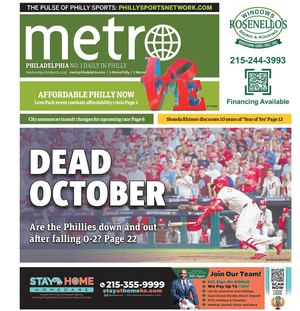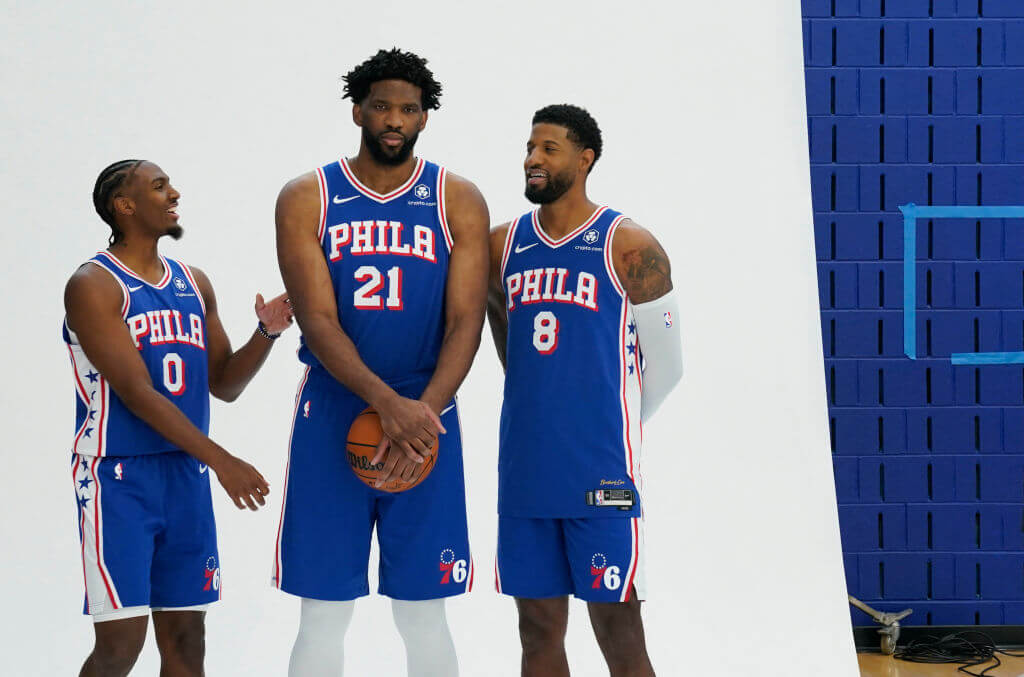Earlier this month, Philly’s Parks and Recreation Department completed their annual deer management program in parks around the city. Some 324 deer were removed between December and April, resulting in more than 7,000 pounds of venison being donated to local food banks.
The regular winter cull, instituted in 1999 and now in its 20th year, is conducted by the US Department of Agriculture’s Wildlife Services with support from Parks & Rec staff to keep the local deer population stable. While deer can be a charming sight to Philly nature-lovers, they can also be a public hazard to motorists and a threat to local vegetation, the city says.
“The reason that the Fairmount Park Commission at the time embarked on this program was to reverse the trend of damage that the deer were doing to the forest, having them eat everything up, so the forest was not naturally regenerating,” said Barry Bessler, director of policy and compliance at Parks & Recreation, who has managed the project since its inception. “Even if you don’t care if the forest gets regenerated naturally or not, everybody drives a car. We’ve been able to reduce the number of deer vehicular collision by as much as 75 percent with our work each year. … It used to be on the streets of Philadelphia that over 200 every year would get hit.”
Parks and Recreation staff implemented an 8 p.m. to 6 a.m. curfew from December to April 6 to allow for the program, which was conducted on 16 nights over 14 weeks by sharpshooters who are wildlife biologists with the US Department of Agriculture, using high-powered rifles to kill deer. With assistance from Parks and Recreation staff in ensuring no humans are anywhere nearby, the operation is “very safe, very efficient and very professional,” Bessler said.
The 324 deer removed from Philly parks over the 2017-18 winter breaks down by park as follows:
-63 from West/East Fairmount Park
-82 from Wissahickon Valley
-32 from Cobbs Creek Park
-17 from Tacony Creek Park
-42 from FDR Park
-88 from Pennypack Park
In early years, larger numbers of deer were removed, 400 and 500 in the first two years, when the program was only enacted in Pennypack Park and the Wissahickon. But in recent years, the number of deer culled has been relatively steady and the program is “in maintenance mode,” Bessler said.
After the most recent program, more than 7,000 pounds of venison was donated to local food banks for hungry Philadelphians. Donating all meat yielded from the project is a requirement of the Pennsylvania Game Commission permit approving the program.
“It’s not being wasted at all,” Bessler said. “It is kind of a grisly thing to think about, but there is a noble result in terms of donating the venison to the needy.”
Nonetheless, since it was started, the deer management program has been opposed by some animal-lovers, like the local group Philadelphia Advocates for the Deer (PAD).
“As of this month, more than 2,800 deer have been killed in Fairmount Park culls since 1999,” said Lee Hall, president of Concern for Animals · Respect for the Environment (CARE) and a member of PAD. “How do shooters keep finding so many deer to kill? Deer rebound.”
Hall said he believes the current management strategy is ineffective, but other solutions may exist to “The Deer Problem.” Research from other cities indicates that allowing a population of carnivores like Philly’s coyote population could naturally control the deer population, he said.
“Coyote coexistence projects have proved beneficial in New York, Chicago, Denver, Seattle, and San Francisceo,” Hall said. “Nationwide, people are recovering respect for animals and their habitats around us. Philadelphia aspires to be the greenest city, and this must involve appreciating nature’s capacity to balance itself. And now more than ever we need safe, gun-free open space for our children to grow up with.”
In comparison with the Philly program, across Pennsylvania in the 2017-18 season, hunters killed 367,159 deer, according to the state Game Commission.


























